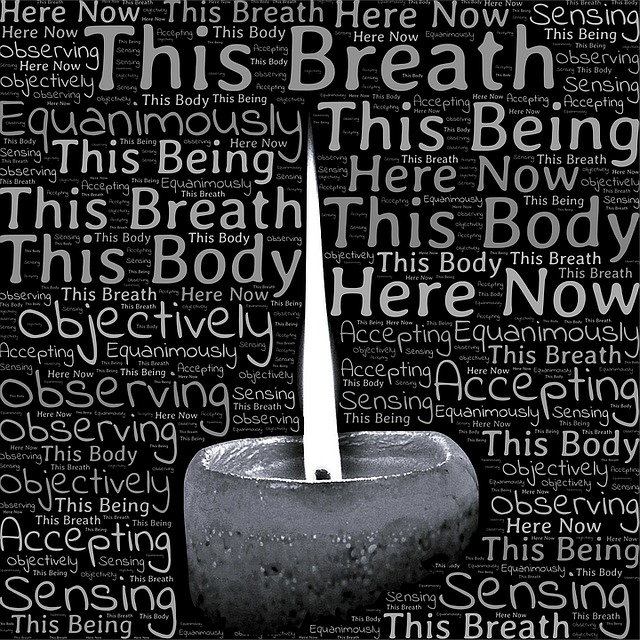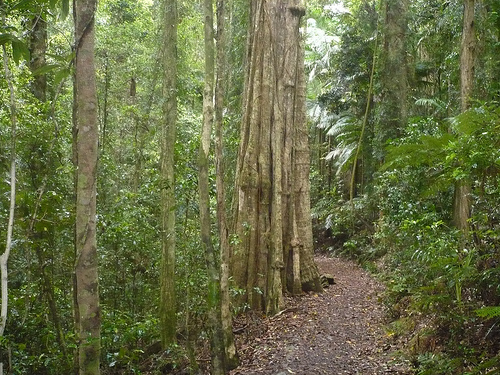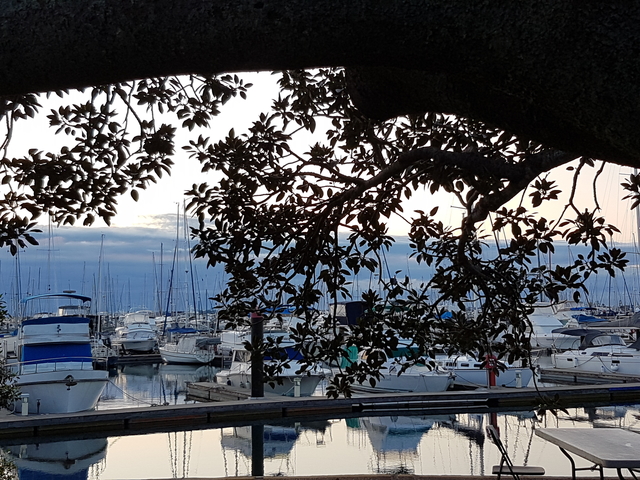Western society is strong on thinking and we have developed so many words to describe the act of thinking. Here’s just a few:
- analyze
- summarize
- categorize
- synthesize
- realize
Jon Kabat-Zinn suggests that we have become so engrossed in thinking all the time that we have lost the art of just being. We have lost touch with the present moment with all its potential for creativity, calm and clarity. He strongly recommends developing the art of mindful breathing and offers a 3 minute meditation exercise based on conscious breathing:
One of the challenges of mindful breathing is to stop the distraction of thinking and to remain focused in a non-judgmental way – clearing our thoughts as they occur without judging ourselves for their occurrence.
Isabel Allende in her book, Maya’s Notebook, describes Maya talking to her host Manuel and, in the process, identifies the difficulty of staying focused on breathing – on being, not thinking:
I found him watching the sunset from the big front window, and I asked him what he was doing.
“Breathing.”
“I’m breathing too. That is not what I was referring to.”
“Until you interrupted me, Maya, I was breathing, nothing more. You should see how difficult it is to breathe without thinking.” [Maya’s Notebook, p.69]
And therein lies the challenge of mindful breathing – not only do you have to fend off distractions caused by your own thoughts, but also the interruptions unwittingly caused by others who need to share their thoughts or want you to do so. Thinking has become our substitute mode of being – we live in our minds not in the reality of everyday life and the present moment.
Psychologists point out that this disconnection from the present has resulted in much of the mental illness that is prevalent today – we suffer depression because we are living in the past or suffer anxiety because we are living in the future. Mental health and well-being reside in mindfulness and mindful breathing that are accessible to us at any moment.
Image Source: Courtesy of Pixabay.com


